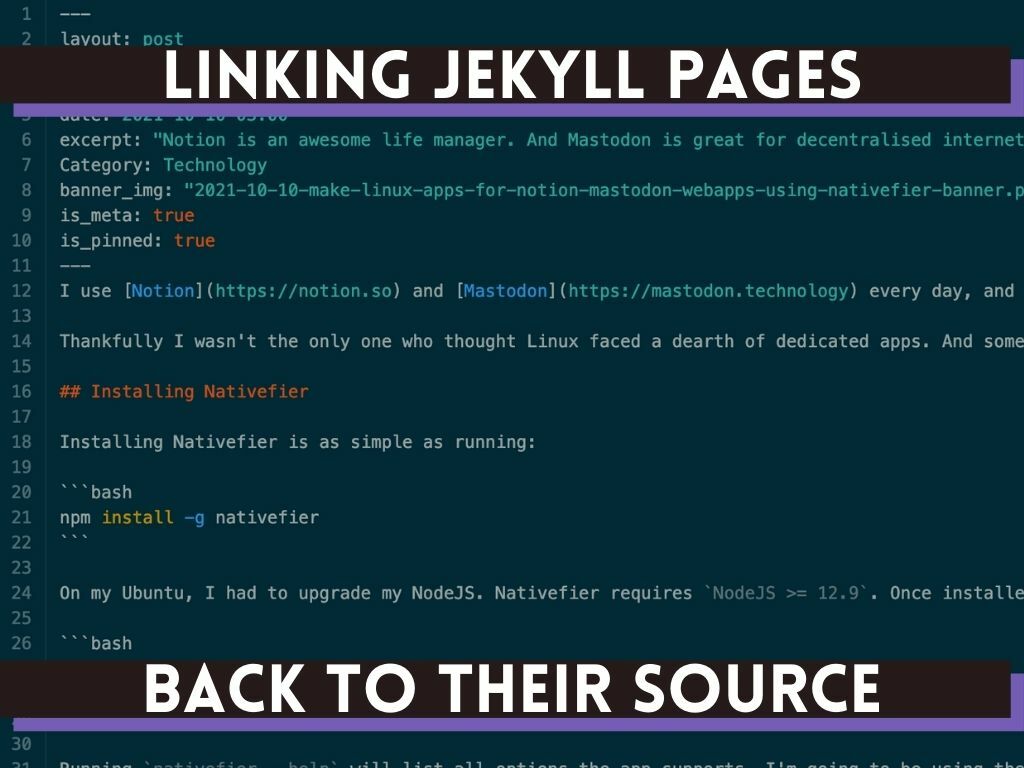I’m a huge fan of open-source! One of the little ways I’ve supported the cause is by keeping this blog open since the very beginning. You can always browse the full source-code here. The reason is partly to let people see the history of changes behind each page. But also because I didn’t find many open-source Jekyll blogs to learn from when I started down this road. So I keep this website open in the hopes that my trials and errors will save someone else a lot of time.
I was recently asked by someone (shout-out to Seth!) to send them the Markdown source of one of my articles. This gave me the idea to add a permanent “View source” button to the footer of every article page. I’ll walk you through the process of adding this to your own Jekyll website.
Jekyll’s helpful variables have exactly what I was looking for: the page.path. This variable contains the raw filesystem path of each page. The official description even highlights its usefulness for linking back to the source!
I’ll use my article on creating Linux apps for webapps as an example. Printing {{ page.path }} within the article’s Markdown file outputs the following:
_posts/2021-10-10-make-linux-apps-for-notion-mastodon-webapps-using-nativefier.md
The above article’s source code is at the following path:
https://gitlab.com/ayush-sharma/ayushsharma-in/-/blob/master/_posts/2021-10-10-make-linux-apps-for-notion-mastodon-webapps-using-nativefier.md
This means that prepending https://gitlab.com/ayush-sharma/ayushsharma-in/-/blob/master/ to any article’s page.path will generate a link back to its source code!
In Jekyll, generating this full link will look like this:
<a href="{{ page.path | prepend: site.content.blog_source_prefix }}" target="_blank">View source</a>
And it’s that’s easy :)
Conclusion
If you scroll down to the footer of this page, you should see a new “View source” link. Go ahead and try it out!
